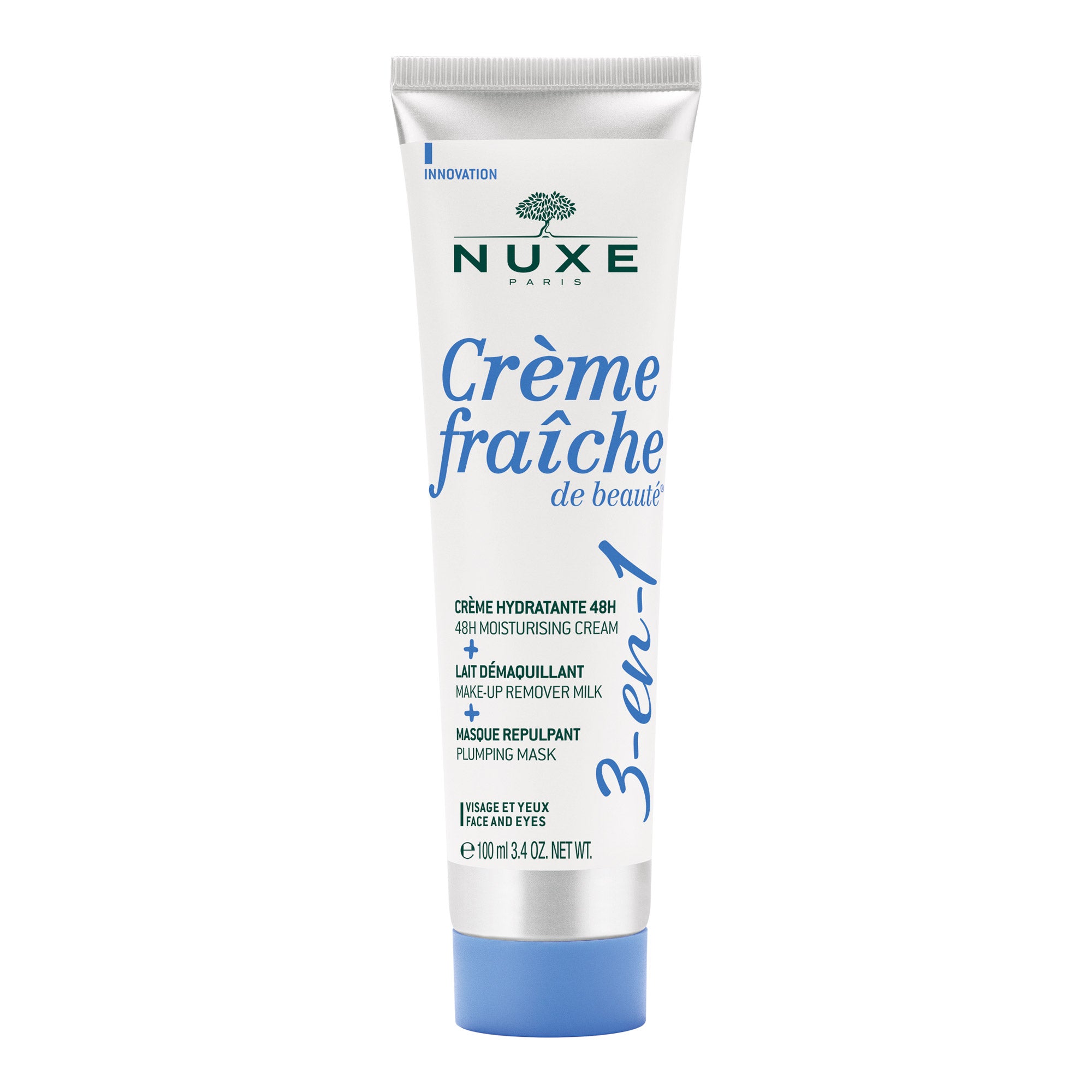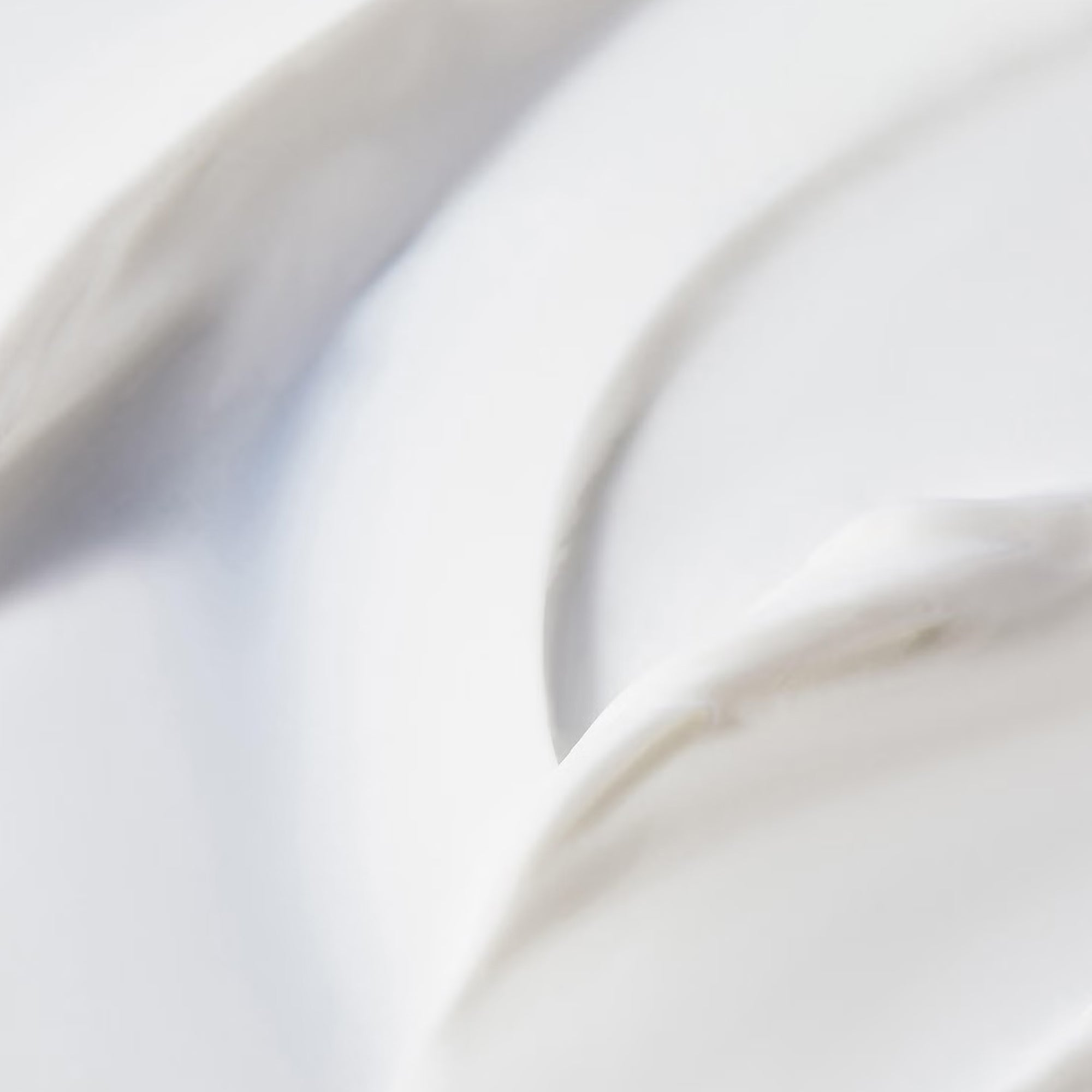Moisturizing, nourishing, mattifying or anti-aging? To meet your skin's needs and choose the right skincare product, it's essential to know your skin type. But what is skin type, and how can we correctly identify it?
Skin type: identify it correctly to better target your needs
Dry, normal or combination to oily: there are three main skin type families, and each has its own specific characteristics. To find out which family you belong to, it's important to take the time to observe your skin and the signs it displays on a daily basis.
Combination to oily skin
If you notice daily shine, blackheads and dilated pores all over your face, it's likely that your skin is oily.
Visit oily skin are skins that produce more lipids than necessary (notably sebum), hence the appearance of such imperfections. In the case of combination skin, these imperfections only appear locally, and more specifically on the T-zone (forehead, nose, chin).
For this type of skin, opt for light, fluid textures rather than those that are too rich for the skin.
Extra tip: always apply your skincare products gently, to avoid stimulating the skin and causing a rebound effect.
Dry skin
If, on the other hand, your skin tends to tug easily, to feel rough and uncomfortable on a regular basis, you probably have dry skin.
Thinner and more fragile than other skin types, dry skin lacks lipids and moisture, and is particularly in need of attention. Age and external aggressions (wind, temperature changes...) are factors that can accentuate skin dryness.
To pamper sensitive skin, opt for care products with rich, creamy textures that provide suppleness and comfort.
Normal skin
While oily and dry skin present many characteristic signs that need to be specifically targeted, normal skin is not subject to any major imbalance. With its luminous complexion and fine skin texture, it has no particular imperfections.
However, while normal skin does not show any particular signs, it does require daily moisturizing to maintain its water reserves.
It's also worth noting that, although each person has a predominant skin type, this can change over time with age and various factors, including temperature changes, external aggressors (wind, cold...), pregnancy, menopause or hormonal imbalances.
Skin can also become dehydrated and more sensitive, which is why it's important to always listen to your skin and adapt your routine accordingly!
To properly identify your skin type and respond appropriately to its needs, you can also visit a dermatologist or ask your pharmacist for advice, who will be able to make a precise diagnosis.
Skin type and skin condition: what's the difference?
At first glance, the difference between skin type and skin condition is not so obvious.
Unlike skin type, which corresponds to the biological state of your skin that you will maintain throughout your life, skin conditions can vary over time according to various internal and external factors (climate, pollution, stress, hormones...).
This is how we identify sensitive, dehydrated and even mature skin. These skin conditions are added to the skin type and can be combined with each other: it's perfectly possible to have oily, sensitive and dehydrated skin.











Leave a comment
This site is protected by hCaptcha and the hCaptcha Privacy Policy and Terms of Service apply.